One evening last fall, Rylee Bonning hung out after dinner with a few dormmates in a friend’s room. A typical gathering, except in atypical pandemic times.
A couple days later, one of her friends tested positive for coronavirus. Idaho State University contact tracers asked Bonning how long she was in the room and whether she had been wearing a mask. (She hadn’t.) Bonning landed in two weeks’ quarantine and was told to take classes online and isolate in an off-campus apartment. She immediately thought of her grandmother, who had recently been severely sick with COVID-19. “One little slip-up and I was afraid, terrified.”
She wound up spending most of her quarantine at home in Meridian, in case she did get sick. She never showed symptoms over 14 days, was never required to get a test, and returned to campus.
For first-year students like Bonning — and for returning college students — the coronavirus was a constant specter, looming over an uncertain school year. Idaho Education News interviewed students across the state about their decisions, and their experiences.
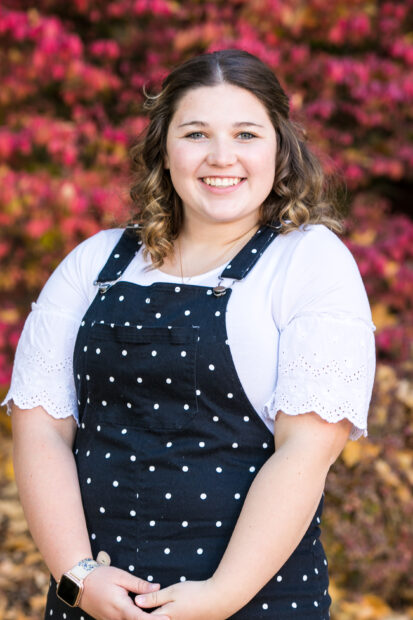
A first year, before a mission
In the spring of 2020, as Brailie Overall was wrapping up senior year online at Melba High School, she knew she wanted to attend a college. She just didn’t know where. Nearby Boise State University felt too big — and at too high a risk of winding up online. Then Overall’s parents suggested the College of Southern Idaho, two hours east in Twin Falls. Right away, it clicked. The smaller campus was part of the draw. “I felt more at home than I ever felt when I went to Boise State.”
The campus became more of a community as the year went on. More students, such as Overall, were able to get vaccines. Student organizations put on more spring events, from campus diversity week to an end-of-semester barbecue and mechanical bull-riding. Overall thinks the uptick in activity encouraged students to stick with the pandemic protocols, such as face masks and social distancing.
“This sucked,” she said of the long year, “but it’s getting better.”
Snapshots covered most of Overall’s half of her dorm room. The natural resources major says she is obsessed with photography, and one of her dreams is to shoot pictures for National Geographic.
This fall, though, academics will be on hold. Overall will leave this summer for a mission in Lubbock, Texas, with The Church of Jesus Christ of Latter-Day Saints. She’ll still take photos, she said, but she will miss the feedback from her instructor. She plans to return to CSI in the fall of 2023.
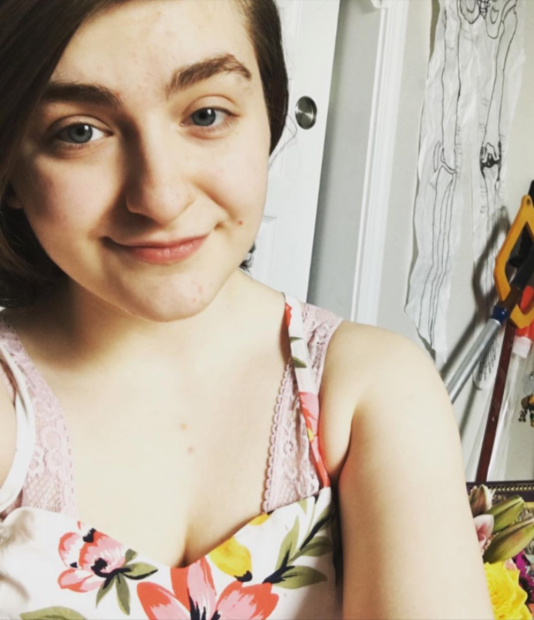
A year at an academic crossroads
Nat Parry spent her first year of college self-isolating and considering two academic paths.
Parry had planned to start at Boise State University in the fall of 2020. But Parry has Guillian-Barre Syndrome, a neurological disorder that leaves her at higher risk for COVID-19.
Parry stayed at her home just outside Boise and enrolled for 2020-21 in Boise State’s Bronco Gap Year program. Geared toward students who wanted to stay off-campus — due to health or financial concerns — the new program allowed students to earn nine online credits for the reduced price of $1,250, while working with an academic adviser.
About 35 students signed up for the first year. To university officials’ surprise, they didn’t just attract new students. Some existing students moved into the program after struggling with online classes in the spring of 2020.
After 20 years in academics, the Gap Year program was a learning process for Jennifer Snow, Boise State’s interim dean of the College of Education and Parry’s academic adviser.
“I think I have a better sense of incoming freshmen and how to support them,” she said.
Parry will leave the Gap Year with nine credits, and a more focused academic plan.
A year ago, she was torn between neurology and music production. Without the gap year, she says she probably would have gravitated toward neurology, but auditing a music class this year made up her mind. “Neurology could make me happy, but it wouldn’t make me as happy as if I was making music or performing.”
Parry has been admitted to Boise State’s music program, but probably won’t be on campus this fall. The medical community isn’t sure the COVID-19 vaccines are safe for people with Guillian-Barre Syndrome. This means Parry could be at risk of being on campus, unvaccinated, with classmates who aren’t required to get the vaccine themselves.
“It would be great to be on campus for the fall, but I don’t know if I’m going to be,” she said.
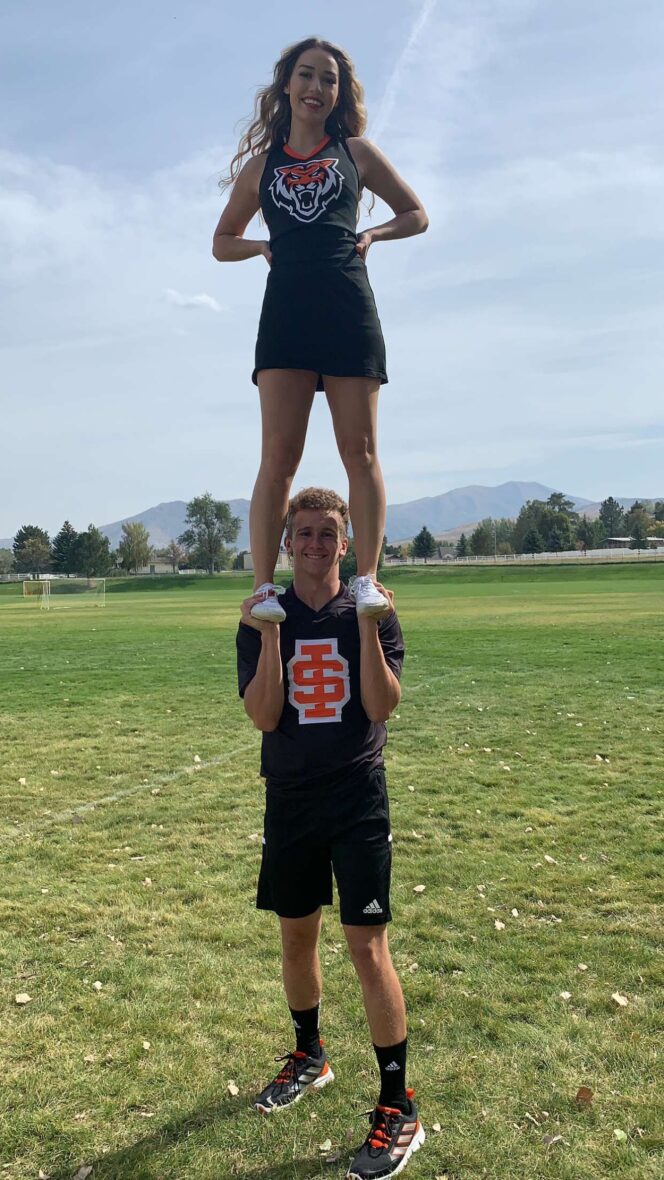
A year of cheer, in a pandemic
Brayton Pope spent a Friday in April on a fittingly pandemic road trip. The first-year Idaho State University student spent the sunny afternoon riding on Interstate 15 in northern Utah, heading to Weber State University for a football game.
Like the rest of the nation’s Division I-AA football programs, Idaho State delayed its season to the spring of 2021. And while Pope was hitting the road to cheer on his Bengals, he wasn’t going with the rest of the Bengal cheer squad. The squad didn’t go to away games this season.
Cheer defines the college experience for Pope, who is majoring in social work. Pope chose Idaho State to be closer to home, and because Idaho State’s cheer scholarship will allow him to attend college almost for free.
He said he didn’t have many fears about starting school. His parents and two siblings had contracted the coronavirus early in 2020 — and Pope is pretty sure he also had the virus at the time, but he was never diagnosed with it. His family recovered pretty quickly from the virus, Pope said. And while Pope wasn’t happy to wear a mask, he was willing to do it to stay on campus, and mostly on a face-to-face schedule.
Now, Pope is hoping for a normal school year and a normal cheer season. Competing at the national cheer competition in Florida. Having his parents come from Sugar City, about 75 miles north of campus, to attend a fall football game. Performing in front of a stadium of fans, instead of cheering from a socially distanced student section.
“Something that I live for is the cheer of the crowd.”
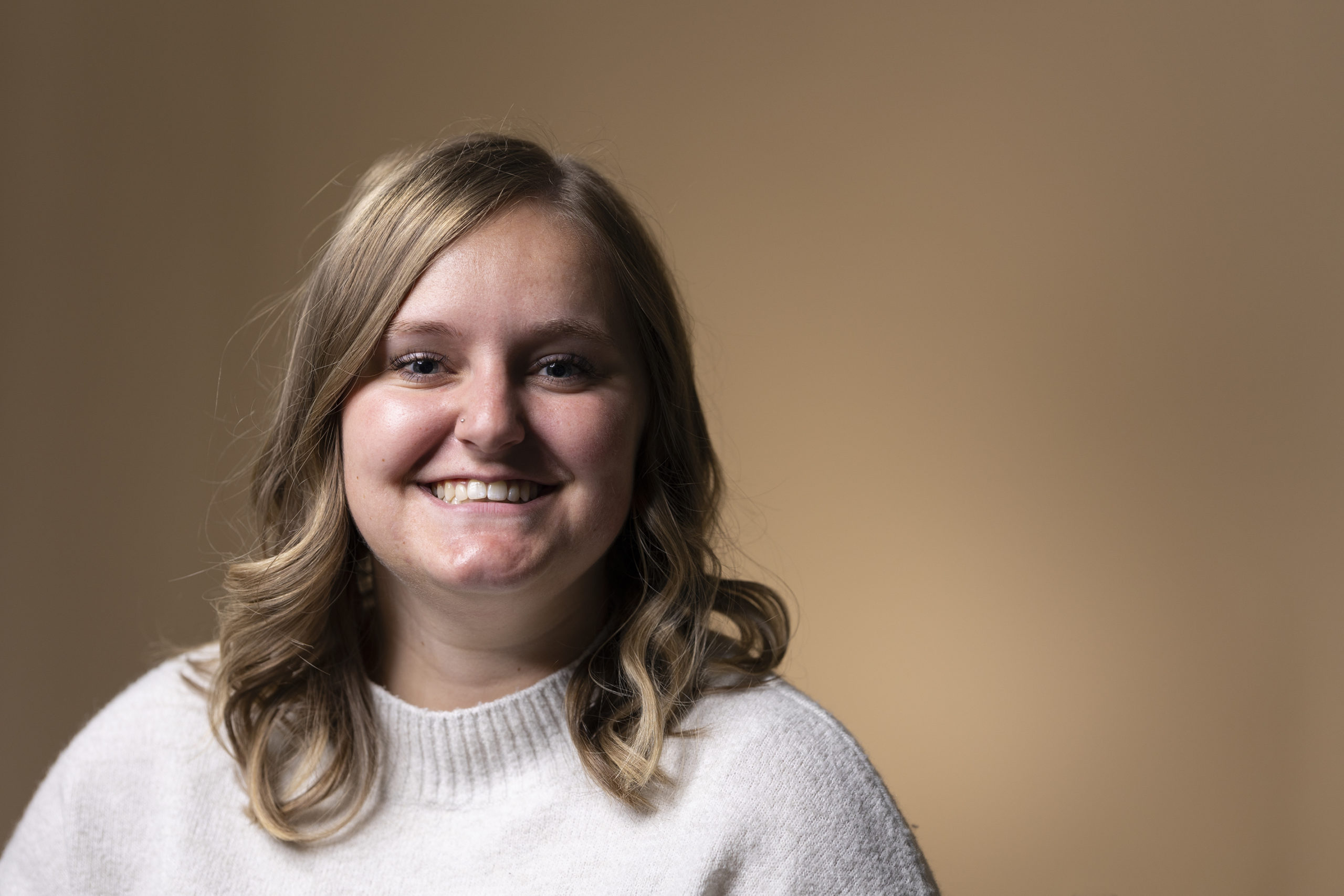
A first year … after two years of anticipation
Long before the fall of 2020 — and a first semester interrupted by a coronavirus scare — Bonning was determined to go to Idaho State. She locked in on her choice as a high school sophomore; she knew she was planning to major in health sciences and occupational therapy, and Idaho State is the only state school with such a program.
It was a straightforward decision before the pandemic. In 2020, her worries grew, fueled by the way her senior year of high school ended. “I was worried that I was just going to sit in my room and have learning be online.”
From the beginning, the coronavirus affected her campus experience. Idaho State canceled the “March through the Arch,” a fall tradition for first-year students. Bonning settled for a march with a friend, recorded on a phone camera.
As the year unfolded, she managed to stay in a mix of hybrid classes, blending face-to-face and online instruction, with a few all-online classes. The campus also began to open a bit. She got involved in club volleyball, a sport she has loved since sixth grade. In the spring, she attended her first college football games.
In August, Bonning will move back to the dorms, this time as a resident assistant. After her virtual new student orientation a year ago, she wants to see this fall’s students get the real experience.
“I’m hoping they do get to do the March through the Arch.”
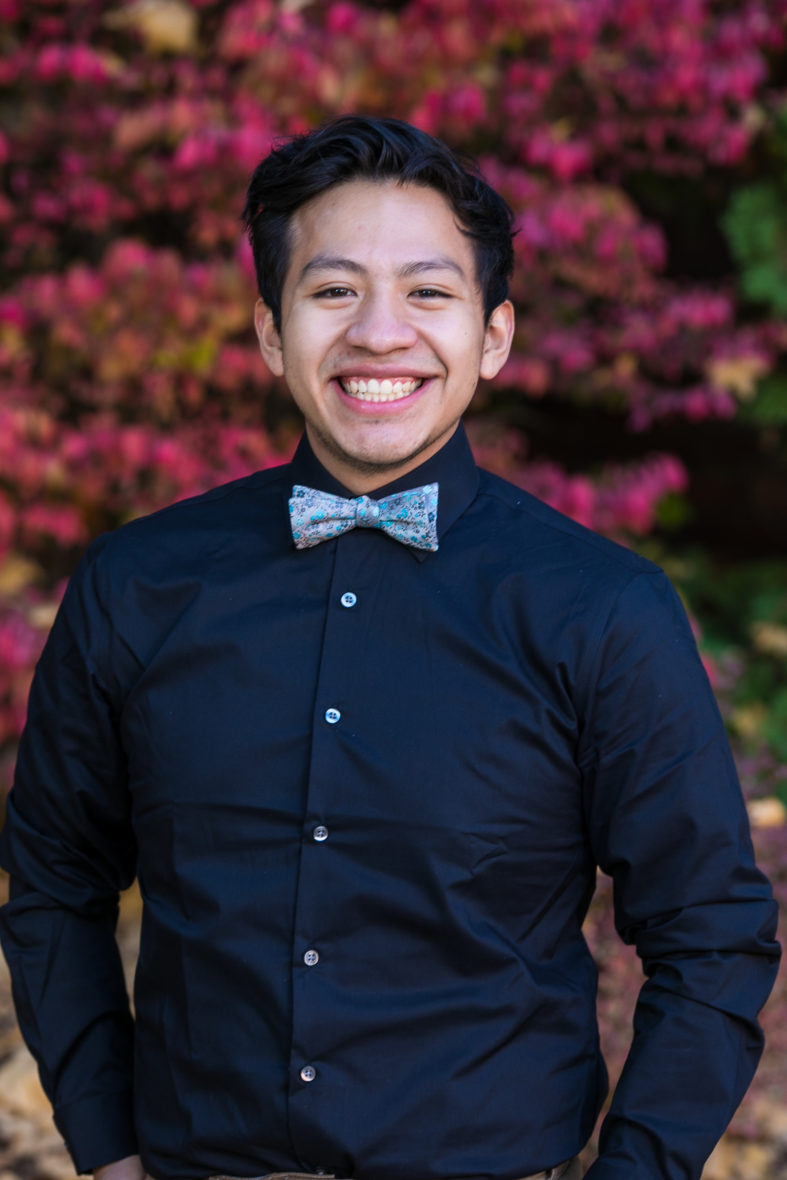
A year with masks
Wrapping up his final semester studying chemistry at his hometown CSI, Angel Montes De Oca could see the college’s pandemic protocols from several perspectives.
As a student who prefers face-to-face learning, he found virtual chemistry labs challenging and “super different.” Students only did calculations on chemical solutions, rather than making solutions firsthand. The protocols caused a communication gap between students and professors, he said, as instructors tried to read non-verbal cues from masked students.
As someone who was directly affected by COVID-19, he saw his whole perspective on the disease and the protocols change during the course of the year. His stepfather contracted the virus in December. He died in early 2021.
And as student body president, Montes De Aca walked a political fine line. He said he could understand why his classmates might not like masks — while pivoting to the importance of staying safe and keeping the campus open. “We’re all kind of in this together,” he said in a February interview.
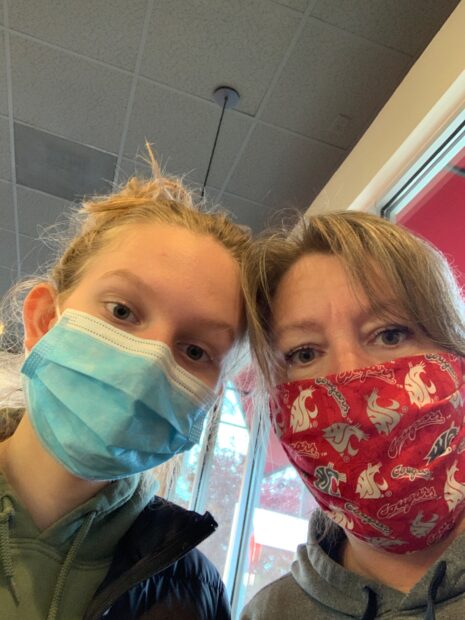
A year of scrambling, again
Natasha Zieroth-Chaumont knew what was in store for her daughter in March 2020. She lives just north of Seattle — a six-hour drive from the University of Idaho campus, but 10 minutes from the nation’s first coronavirus outbreak.“We knew where it was going.”
Natasha and her daughter, Natalia Zieroth, have spent the past 15 months scrambling. Natalia spent the spring and the summer of 2020 at home. She moved back for sorority rush and the start of fall semester.
When an outbreak hit the U of I campus, it hit Greek Row the hardest. Weekly case numbers climbed from 25 in mid-September to 116 cases in early October, and several Greek houses were quarantined.
Natalia decided to ride out the semester at home. Sharing a house with 50 headstrong sorority sisters was “definitely an experience,” she would say months later.
“We can only get stuck up inside for so long,” she said. “If I’m going to be stuck in quarantine. I want to sleep in my own bed, I want to have my own space.”
In the end, Natalia’s house had a couple of cases, dodging the larger outbreak.
“It’s by the grace of God that they didn’t have a major outbreak in her house,” Natasha said. “It’s luck of the draw.”
The fall outbreak began a year of uncertainty and screenings. When campus cases spiked again in early 2021, Natalia took an extended spring break with her grandparents in Walla Walla, Wash., keeping up with classes online. By her count, she was tested for COVID-19 at least eight times during the year.
Natasha says the U of I did about as well as it could with the task at hand: managing a virus on a campus of college-age students “that are just free enough to be dangerous.” Said Natasha: “This is just a baby adult nursing home.”
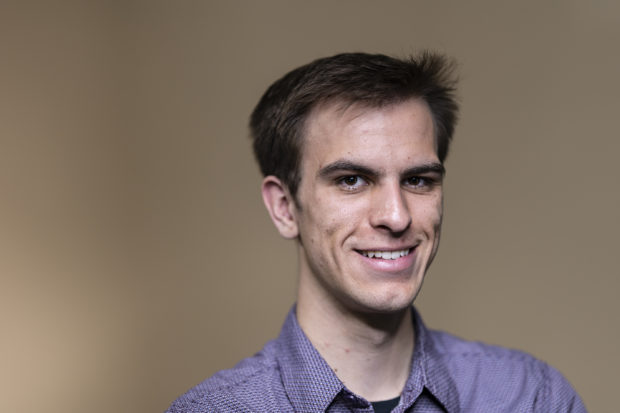
A year without activities
During Knox Freedman’s first semester at Idaho State — his “only normal semester,” as he calls it — he tried to get involved in as many activities and events as possible. In the fall of 2019, something was happening almost every evening.
After the spring 2020 shutdown, students returned to the Pocatello campus last fall. Activities didn’t.
Events that used to bring out a large and engaged group — such as campus Bingo nights — didn’t translate to Zoom. Freedman spoke at one club event, hosting a discussion on Bitcoin. Two students showed. “We tried,” he says with a smile.
Freedman and some classmates hope to revive campus organizations that have fallen apart, due to a lack of leadership or membership. He helped two classmates get elected as Associated Students of Idaho State University president and vice president, and their “Amplify Party” also captured several Student Senate seats. Freedman didn’t run, but he has applied for the Senate’s financial officer’s post.
The party wants Idaho State to be transparent about university finances, and Freedman knows this expectation cuts both ways. He expects his group to be held accountable for how it uses student fee dollars to support activities. The student government could have about $1 million at its disposal, he said — but like the university’s overall budget, the student government’s bottom line will rise or fall based on enrollment.
If Freedman gets the financial officer’s post, he will have to juggle that along with classes, an RA’s position and working 10 to 15 hours a week. But he wants to see more of a spirit of community on campus next year, after the past year of hunkering down.
“It’s almost like academics was the only thing left to do.”
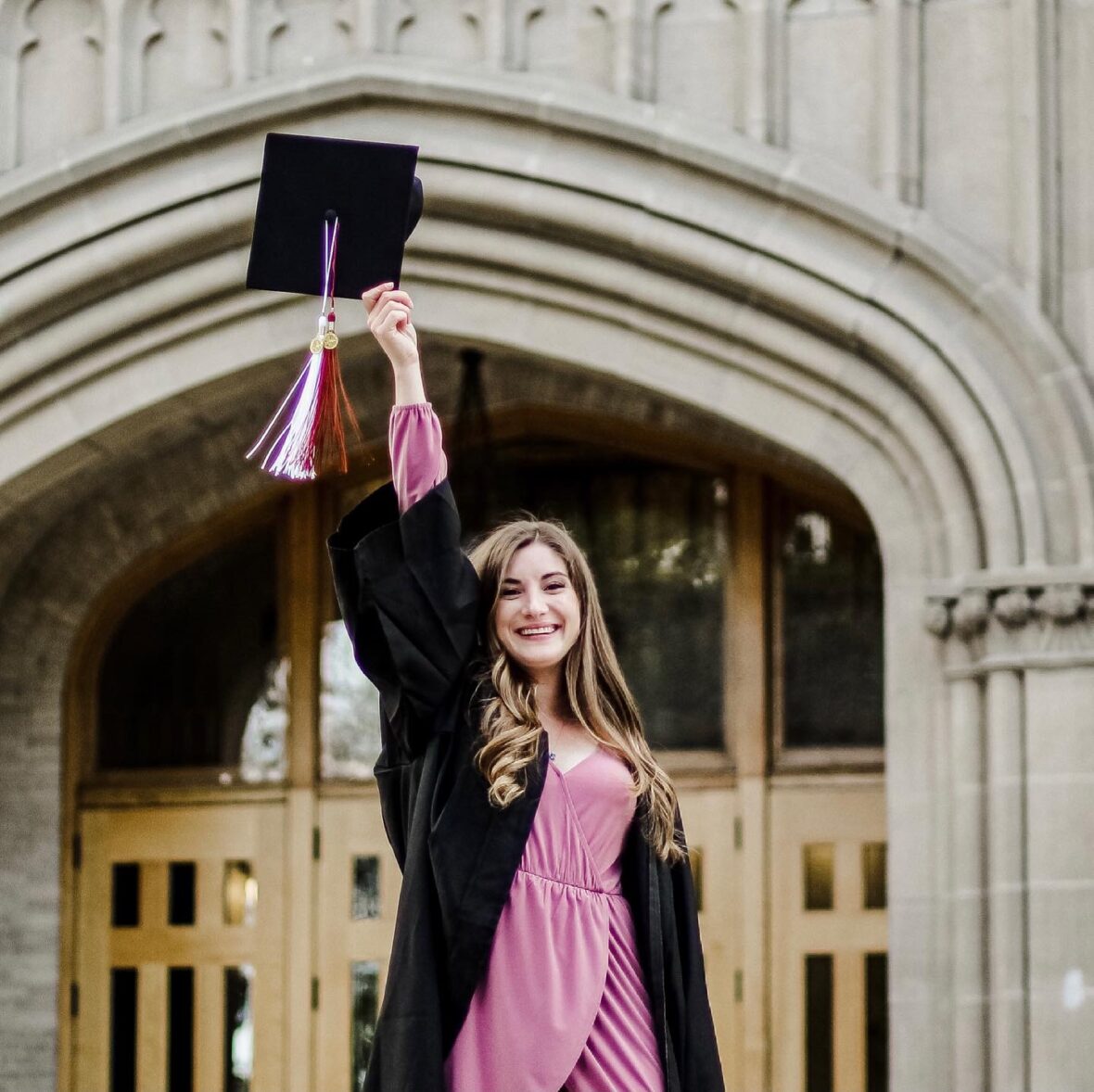
An unusual year of closure
Before she could return to the U of I for her senior year, Sierra Brantz’s plans for the summer of 2020 changed abruptly.
She was supposed to go to the West African nation of Togo to work on a reforestation project, before COVID-19 canceled it. She then landed an internship with the Panhandle Health District in Coeur d’Alene, near her home in the Silver Valley. She spent part of the summer helping with coronavirus contact tracing — and had an insider’s view of a summer of protest, as irate residents protested local mask mandates.
Stepping back onto campus was a stark change. Students accepted safety protocols, and heeded the U of I’s no-nonsense messaging about following the rules in order to keep the campus open. “That was the right tone.”
Brantz had to adjust during her senior year. Exercising in the Rec Center wearing a mask. Forgoing the usual impromptu gatherings or weekend trips with friends, in favor of getting an after-class drink with her roommate.
And when Brantz graduated in May, completing a double major in environmental science and international studies, she could have only six family members at commencement.
For all her adjustments, she knows things were tougher for other students.
“I was already established, which was very nice,” she said. “I could not have imagined starting my freshman year during COVID.”
These stories were produced with support from an Education Writers Association fellowship.
This series, at a glance
Monday, June 21: Eighteen months, 5,000 students: Idaho colleges and universities face a deep enrollment decline
Monday, June 21: Why they showed up: Three students tell their stories
Tuesday, June 22: The student experience: adjusting to classes and campus life in a pandemic
Wednesday, June 23: Even as the pandemic recedes, students might not return to campus
Thursday, June 24: Students came from the across the globe — and stayed in Caldwell
